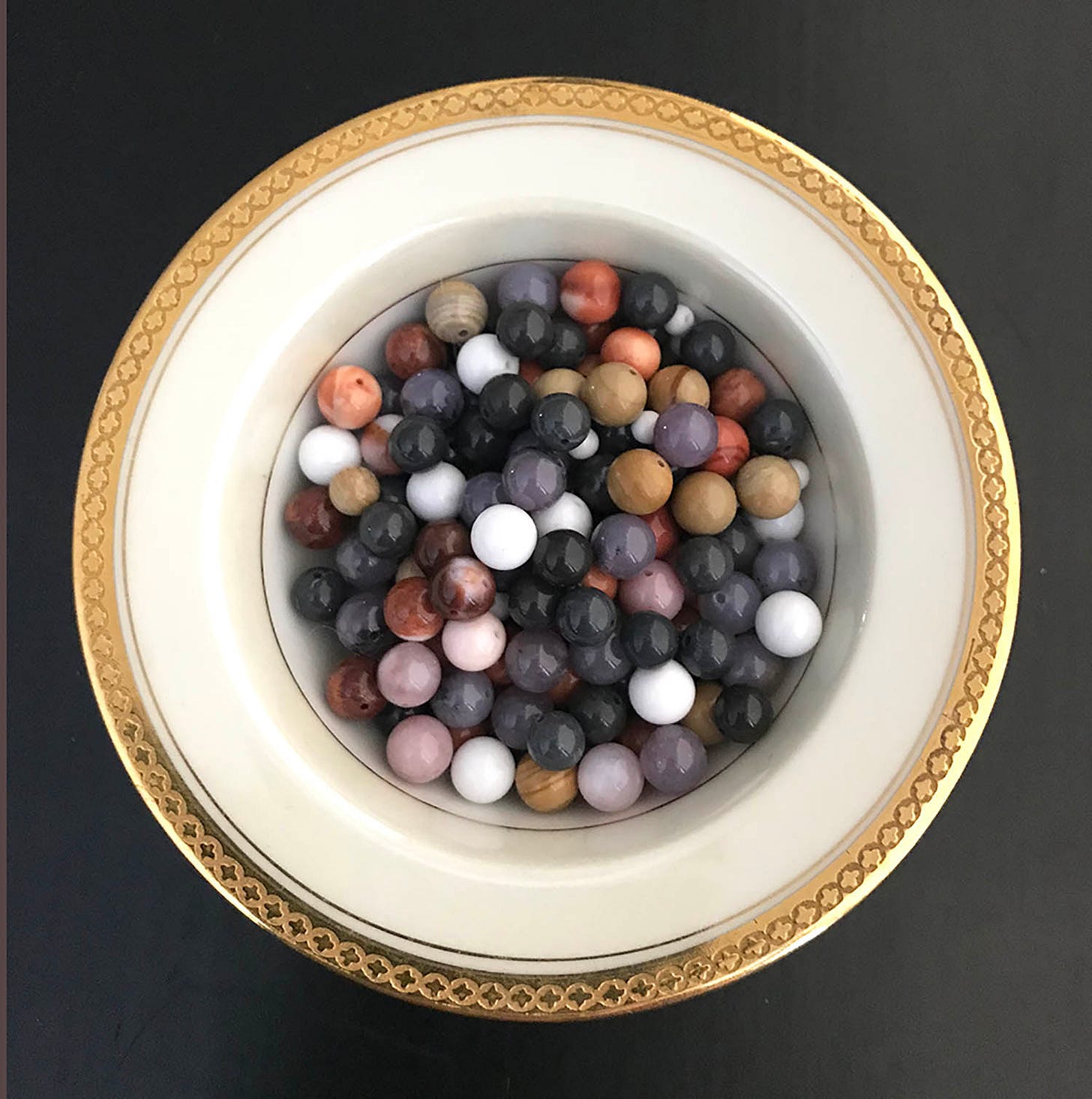
This month’s newsletter theme is “The Earth as a Commodity”. We certainly depend on the Earth for substances we need to exist: water, soil to grow our food, building materials and things we use to make life more beautiful, efficient, and interesting. It is a resource and also something we buy and sell.
A couple of weeks ago I listened to a webcast by the US Department Bureau of International Labor Affairs on the release of the latest reports on International Child Labor and Forced Labor. It was quite eye-opening. 160,000,000 children and adults in forced labor help bring us our goods.
I had learned quite a bit on this topic by hanging out with jewelers who are interested in responsible practices in their industry. I head to The Chicago Responsible Jewelry Conference for the 4th time in early November. Check out the program as there are probably topics you had no idea existed, such as the intersection of mining and wildlife trafficking.
What’s the good news in all this?
We can change practices by learning more about sourcing and supply chains and making the best choices when we can. We can ask about sources and supply chains when we shop, educating the people who are part of our supply chains.
The US Bureau of International Labor Affair supports the work of photojournalists who are at the forefront of investigating and bringing labor abuses to the public eye. These journalists have seen the worst and yet write “ these children also have real dreams for their future”.
Learn more and view the latest on-line exhibit.
Read The Reports from the International Bureau of International Labor Affairs (ILAB)
· The Findings on the Worst Forms of Child Labor
· The List of Goods Produced by Child Labor or Forced Labor
· The List of Products Produced by Forced or Indentured Child Labor
Access the Apps and Tools (I have a couple of these apps on my phone.)
Here’s what I’m reading
I saw this 2022 book Slouching Towards Utopia: An Economic History of the Twentieth Century by Bradford DeLong on my daughter’s kitchen counter and have since read author Thomas Piketty’s review: “Brad DeLong learnedly and grippingly tells the story of how all the economic growth since 1870 has created a global economy that today satisfies no one’s ideas of fairness. The long journey toward economic justice and more equal rights and opportunities for all shall and will continue.”
And another new book that I hope will help alieviate my anxiety over the state of the world: Life is Hard: How Philosophy Can Help Us Find Our Way by Kieran Setiya, 240 pp., Riverhead Press. A NYT review here.
and In the News, an update on rice in California (read last month’s newsletter). In the Glenn-Colusa irrigation district, the amount of rice planting plunged from 100,000 acres to 1,000, an economic hit estimated this year at $2.4 billion. The Wall Street Journal produced a report with powerful photos on the dryness of Shasta Lake.
A Fun Thing
Watch the third of short videos on ‘Why I Love This Rock’, specifically basalt from upper Michigan. More about the geology of this rock, from the Mono-Inyo Craters.
More about Earth to Susan
I am writing a book about how people see the Earth in different ways. As part of the writing process, I’ve held my book’s content close over the years. I am now ready to put some of it out into the world. So I will bring science, poetry, music, theology, literature, philosophy, history, geography, politics, and economics to these pages – all in relationship to Earth.
Most importantly, I believe that helping people understand that we all see the Earth in different ways will open conversations to help find solutions for the many issues facing the planet we call home.
I plan on one newsletter per month, and I hope you will continue to read this and share with your friends! It’s free.
Until next month,
Susan
Thanks for reading Earth To Susan! A free subscription brings you new posts each month.




Thoughtful and very informative. We do not tend to think about details of who/how in the supply chain of what we buy. But need to find out.
Very informative edition and well done! Congratulations!